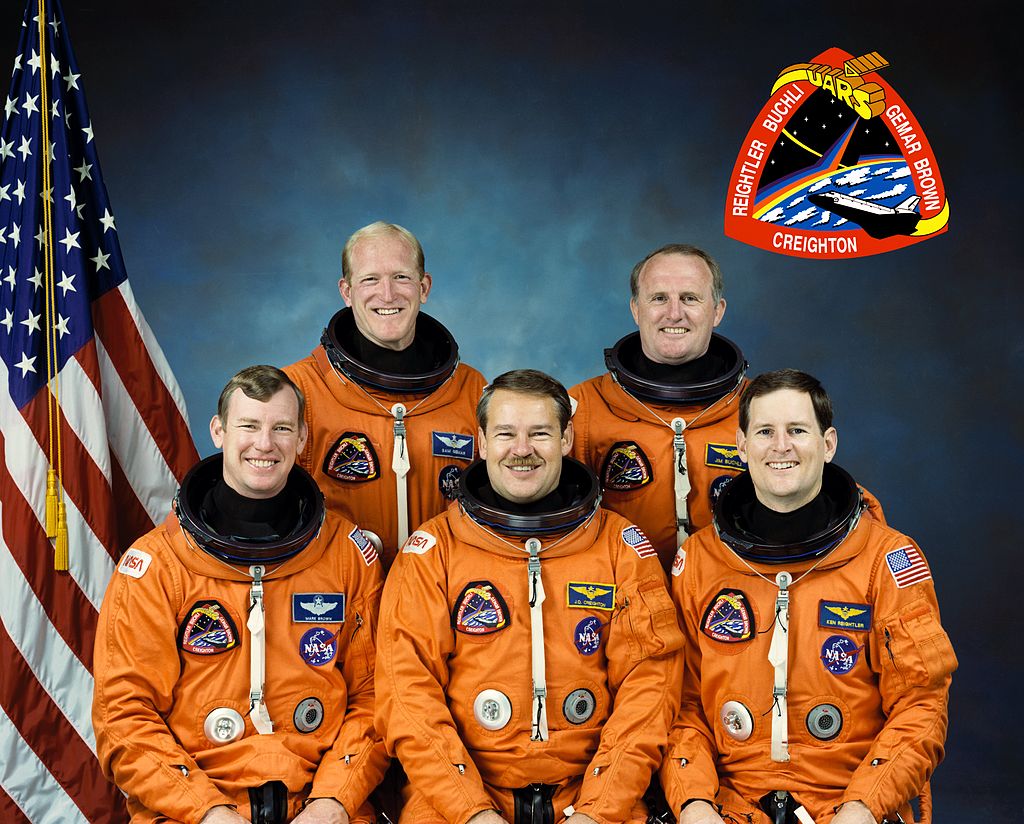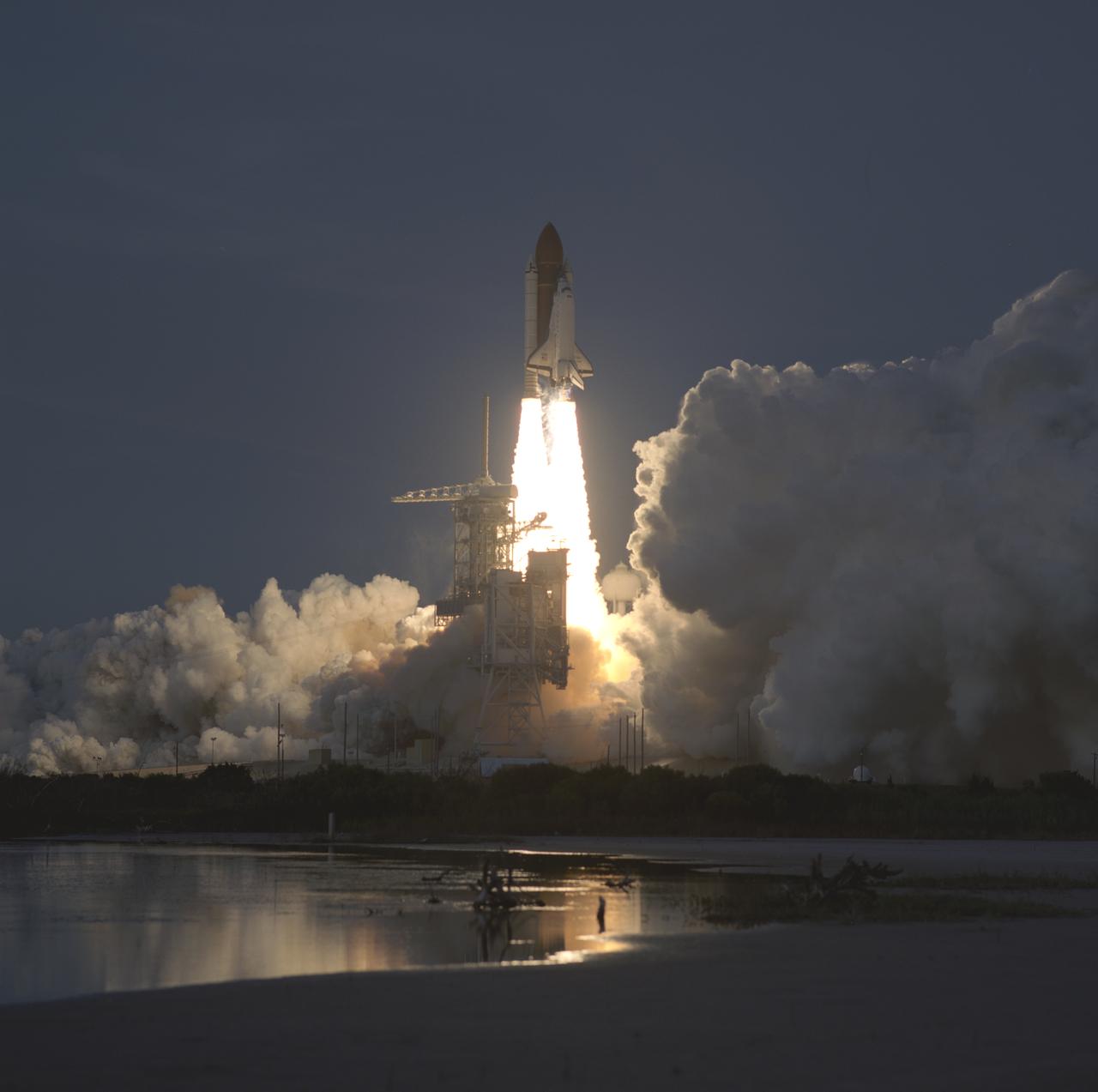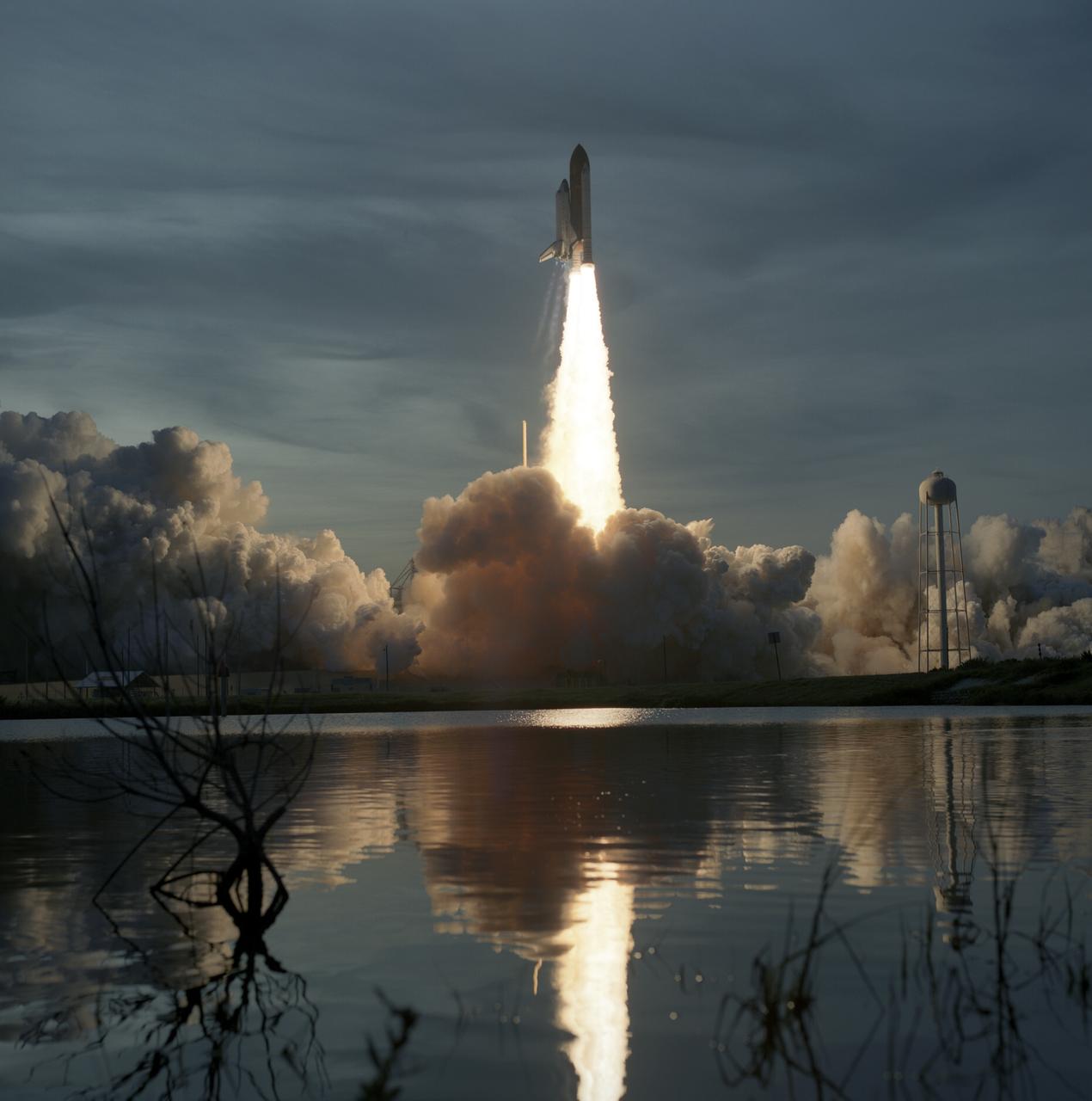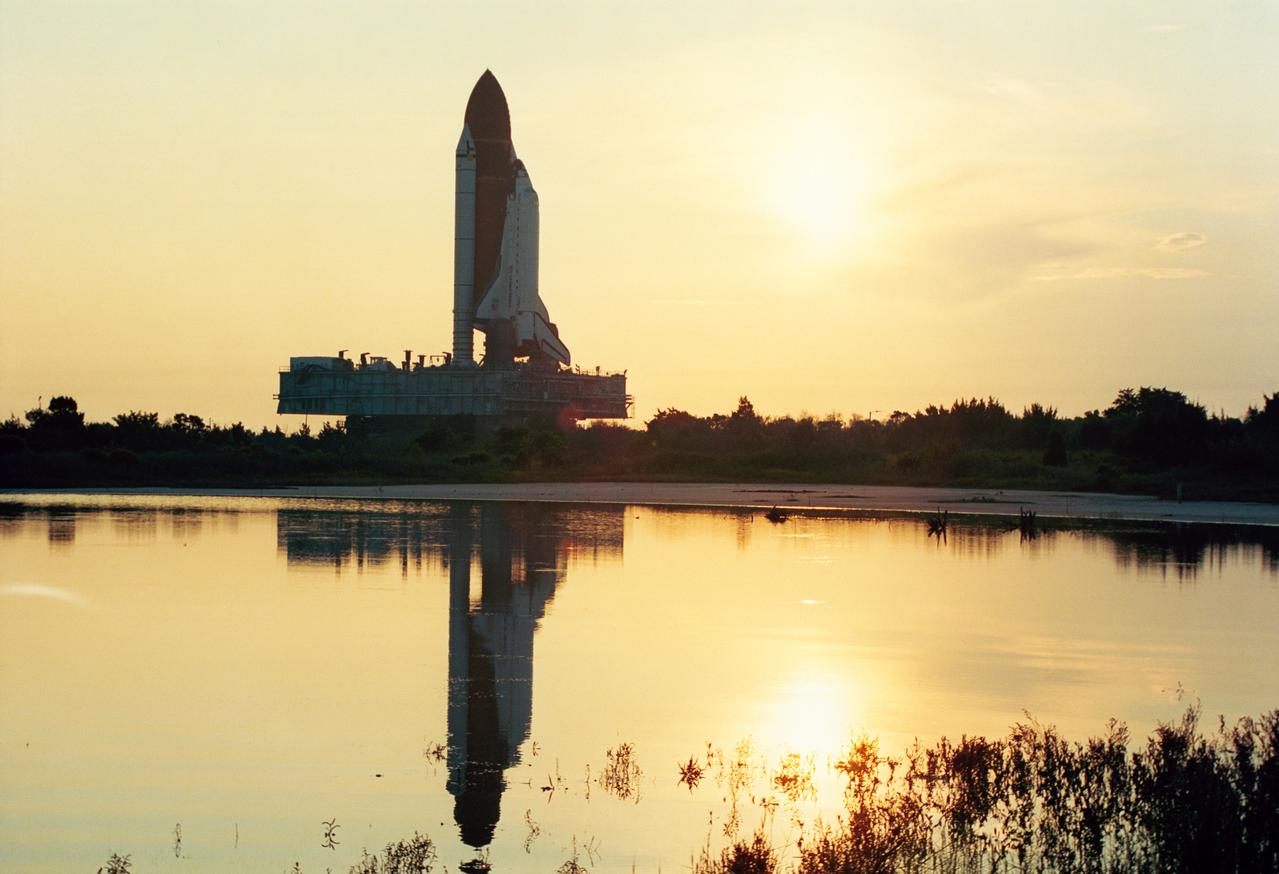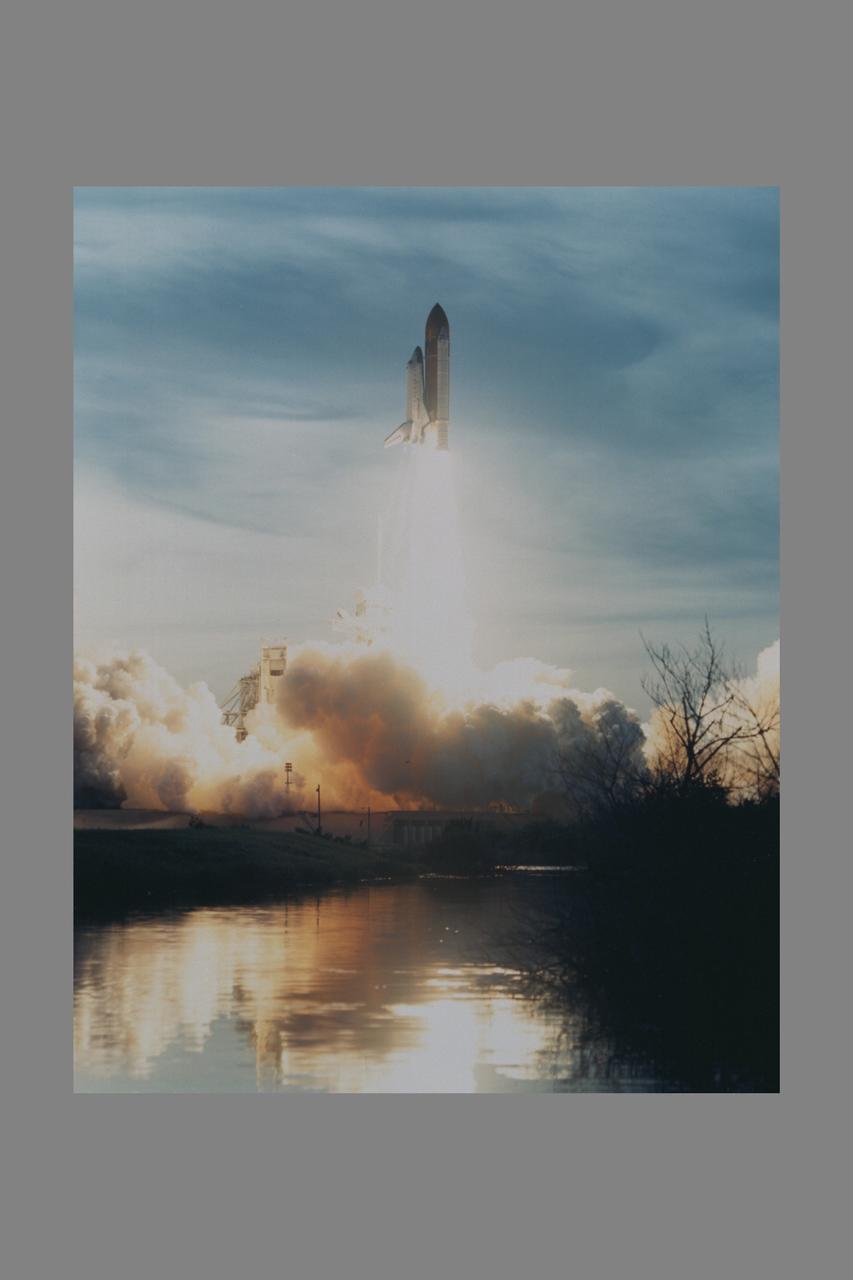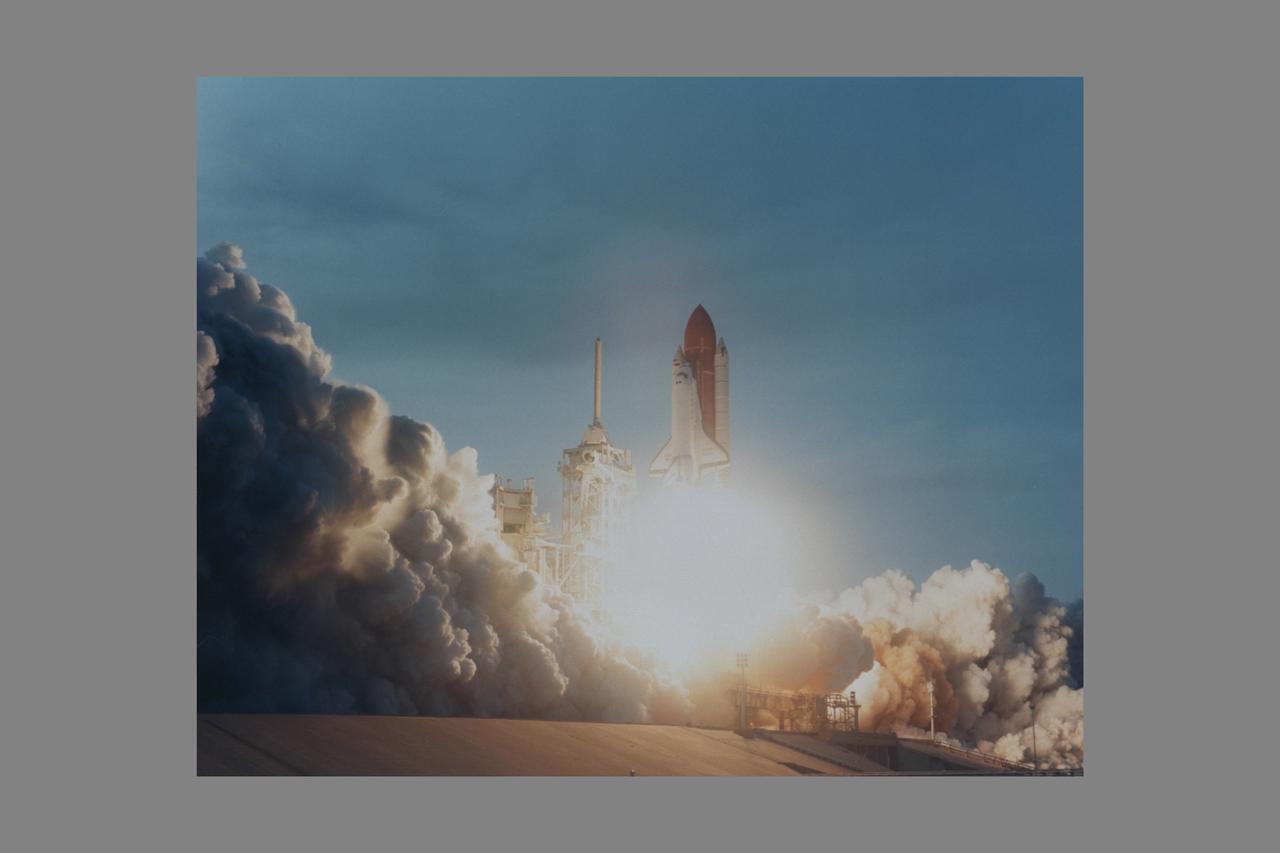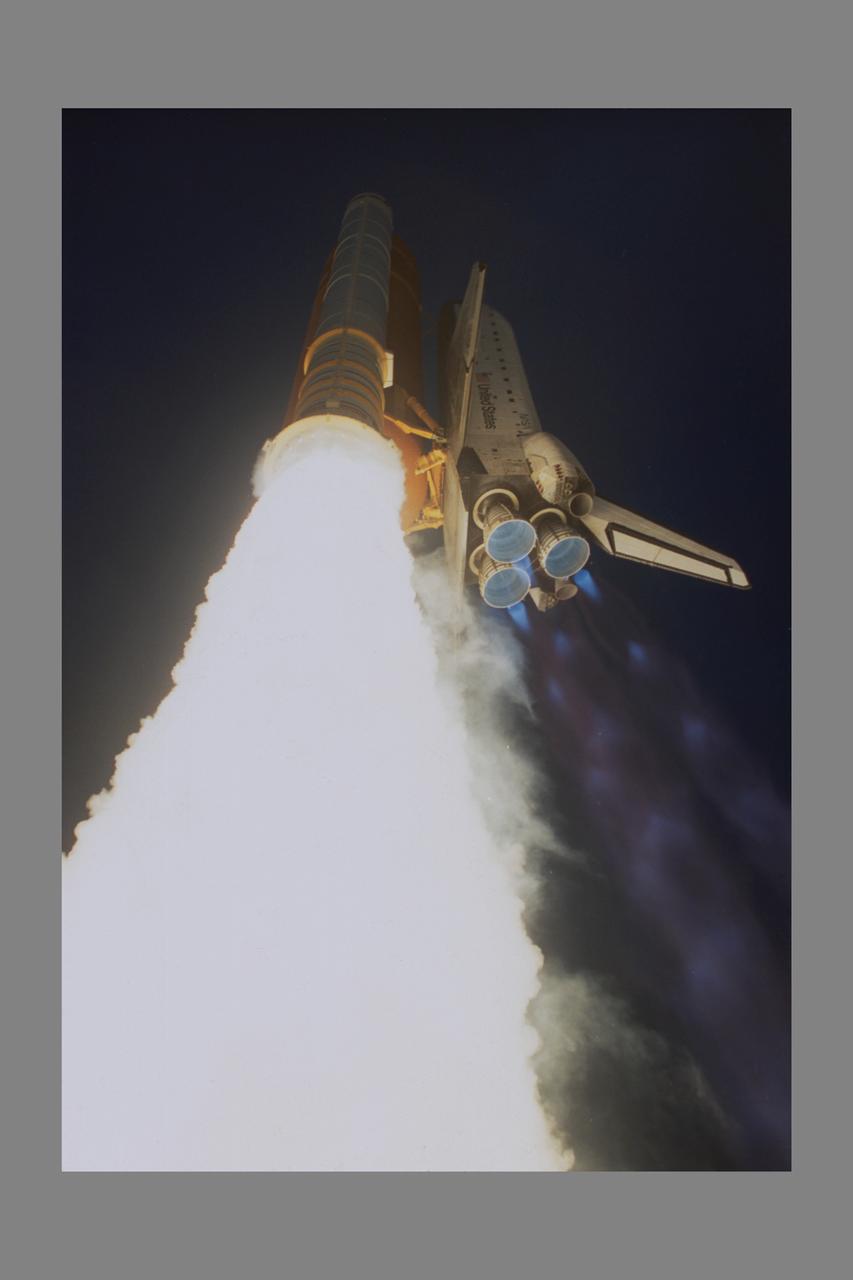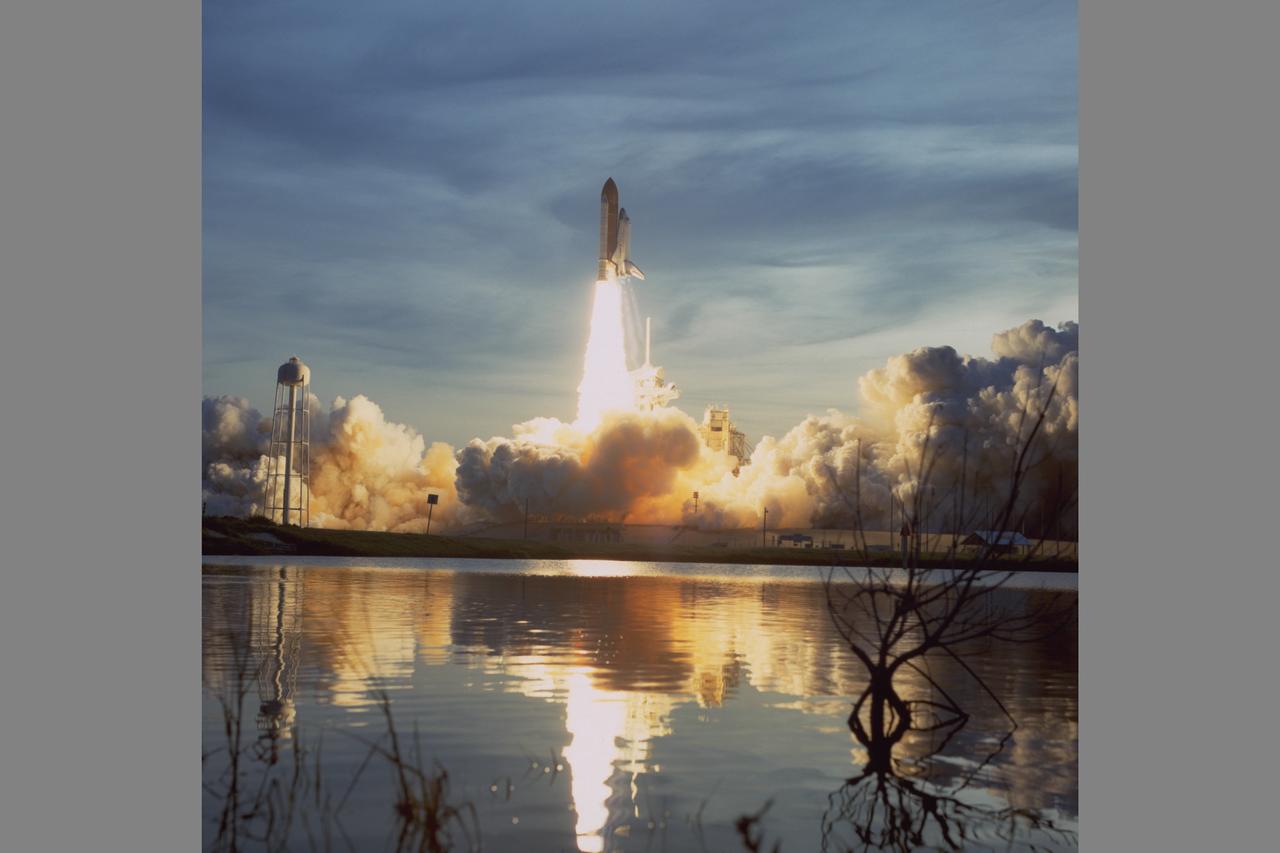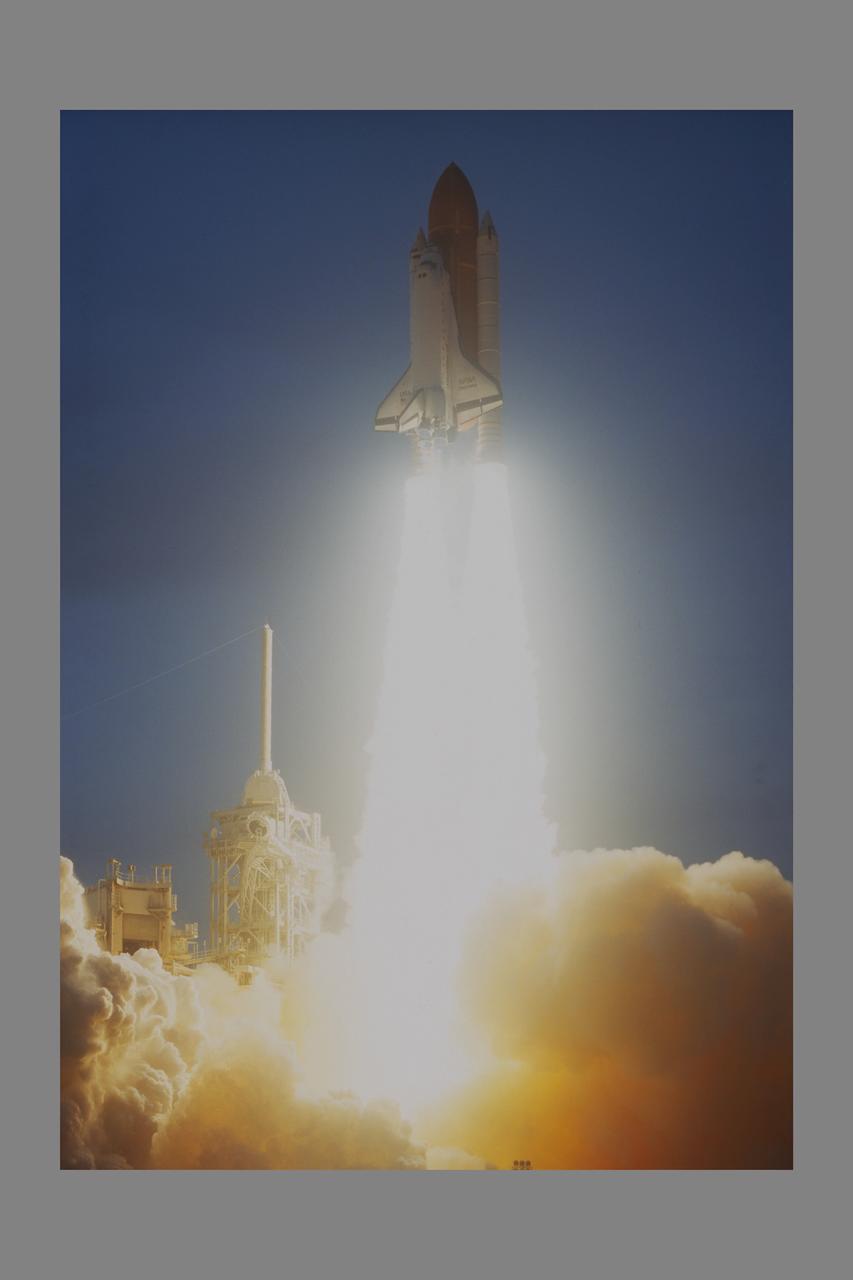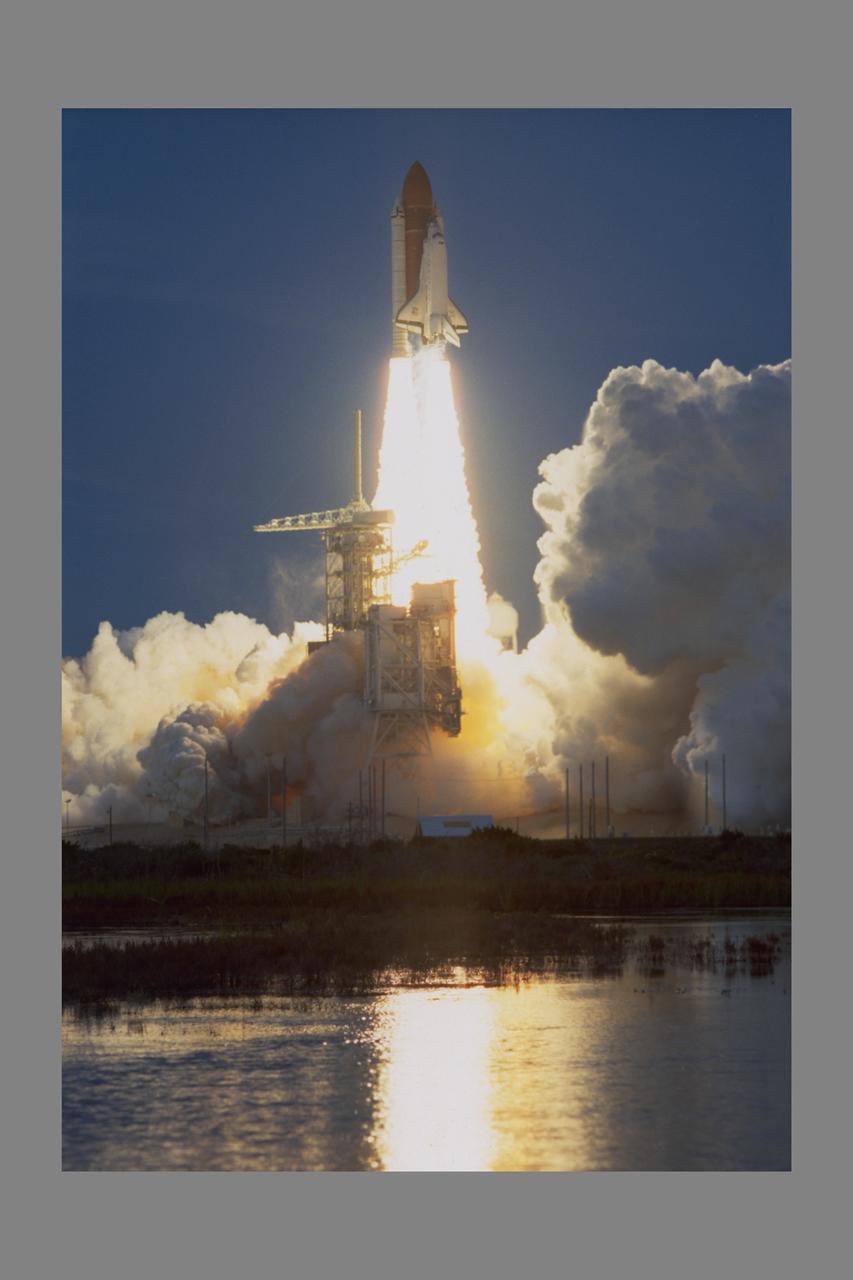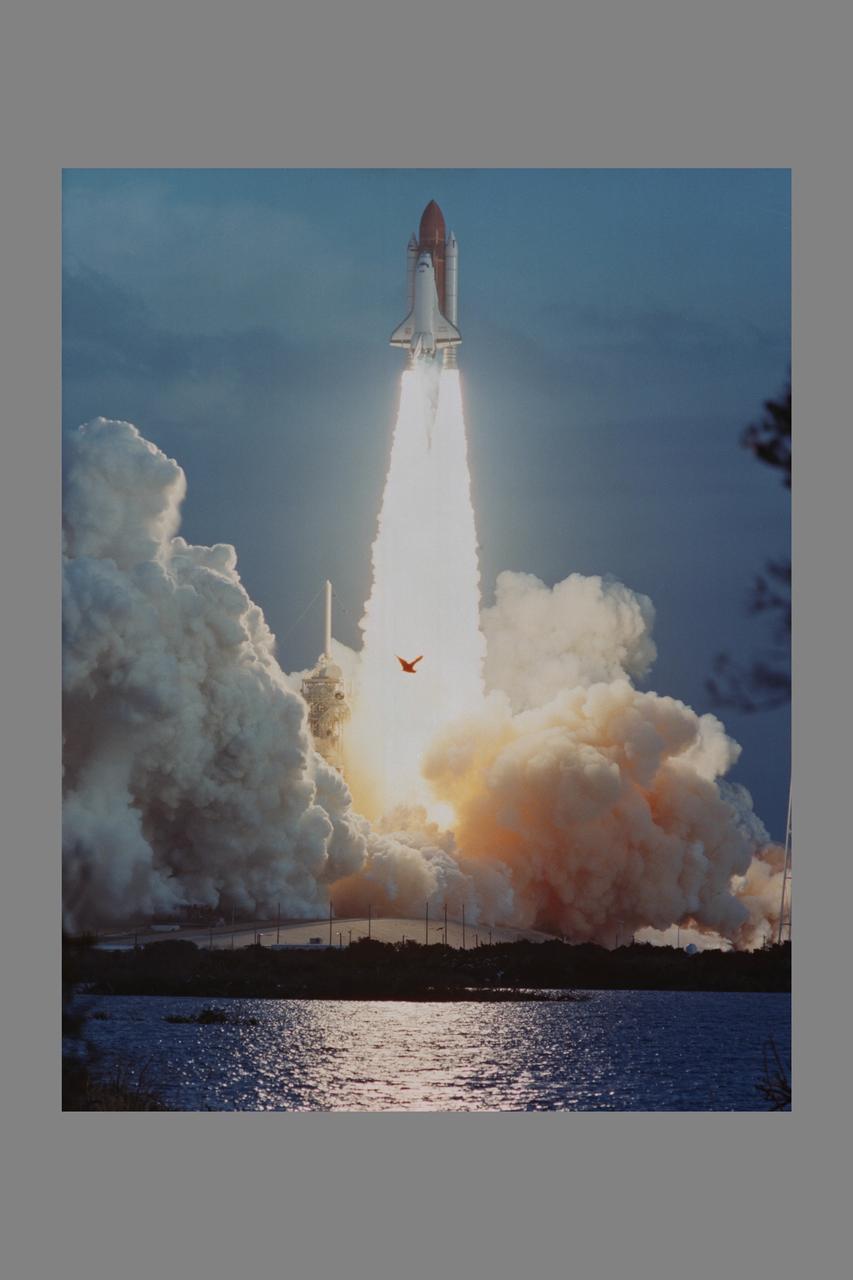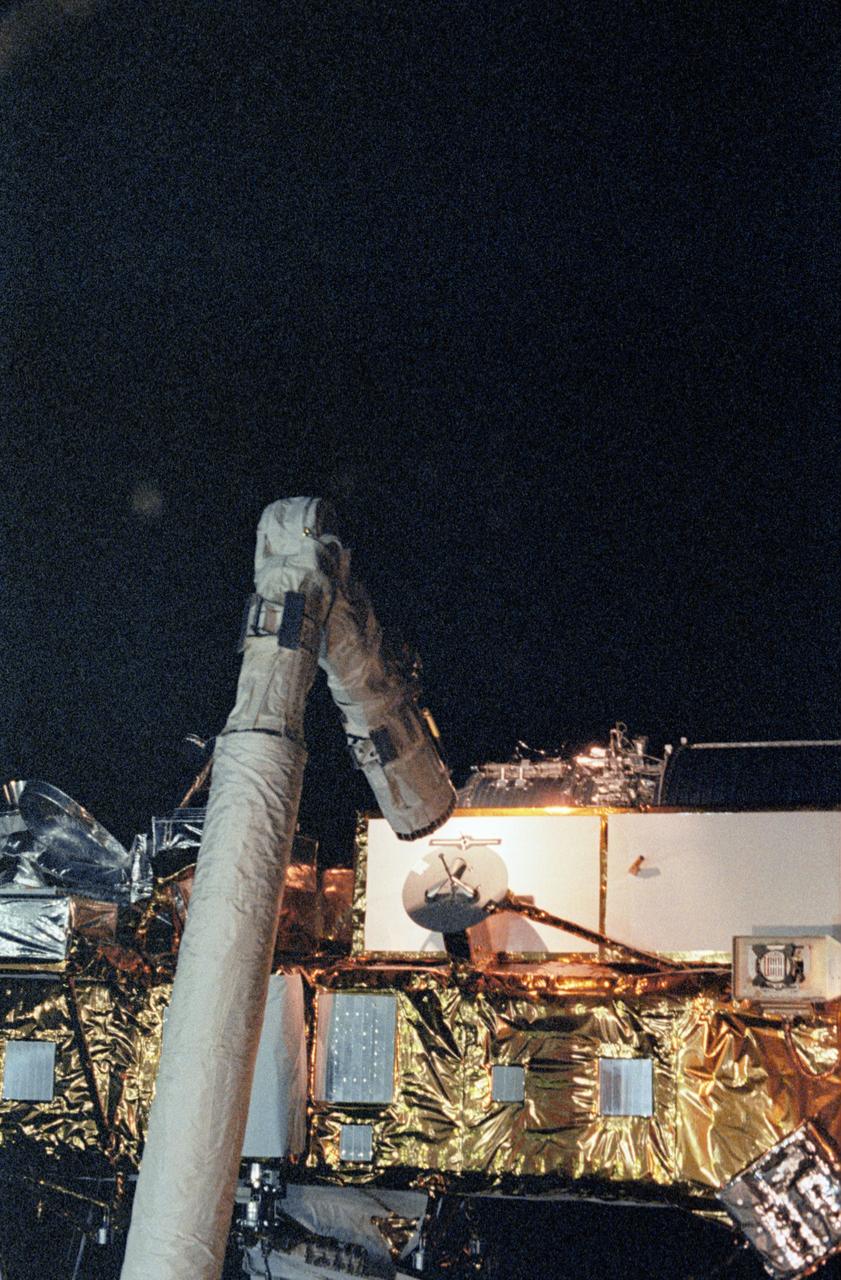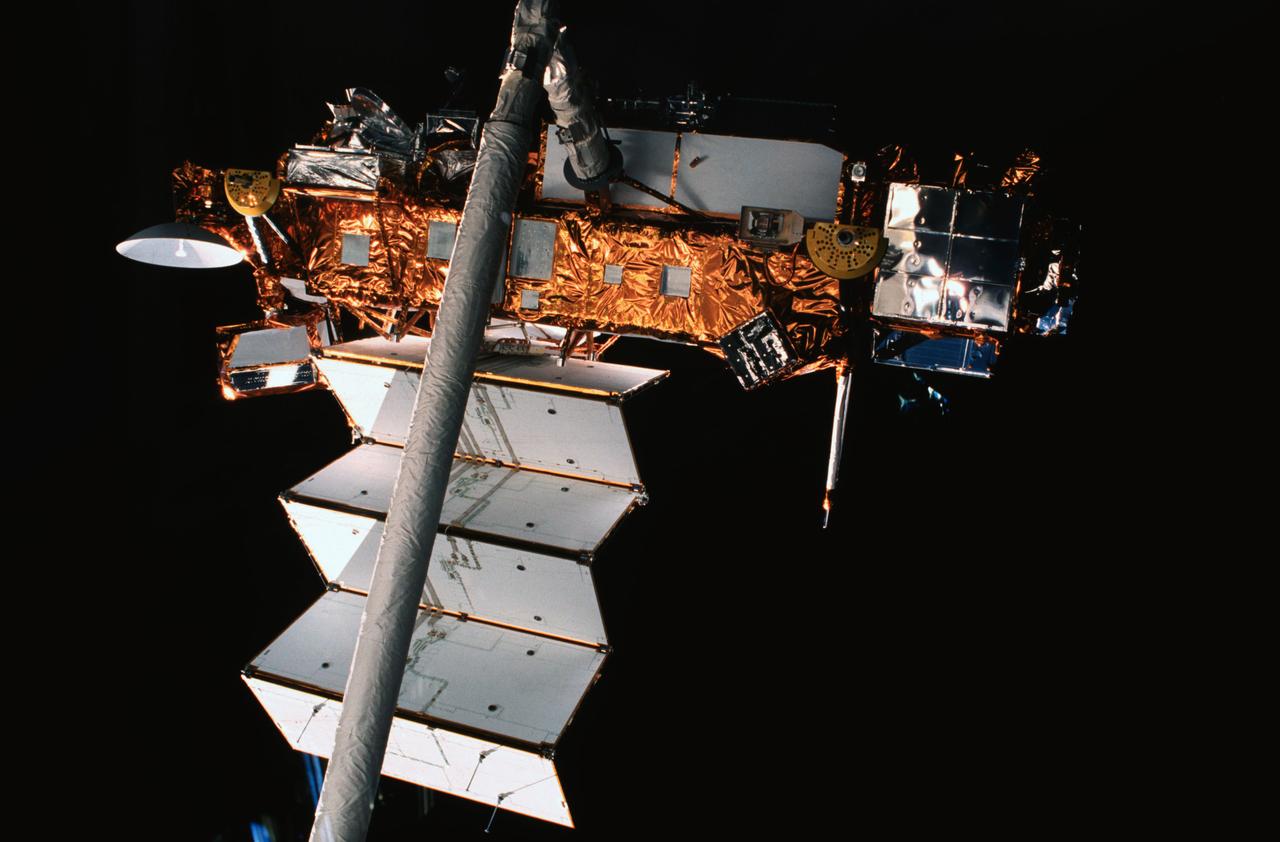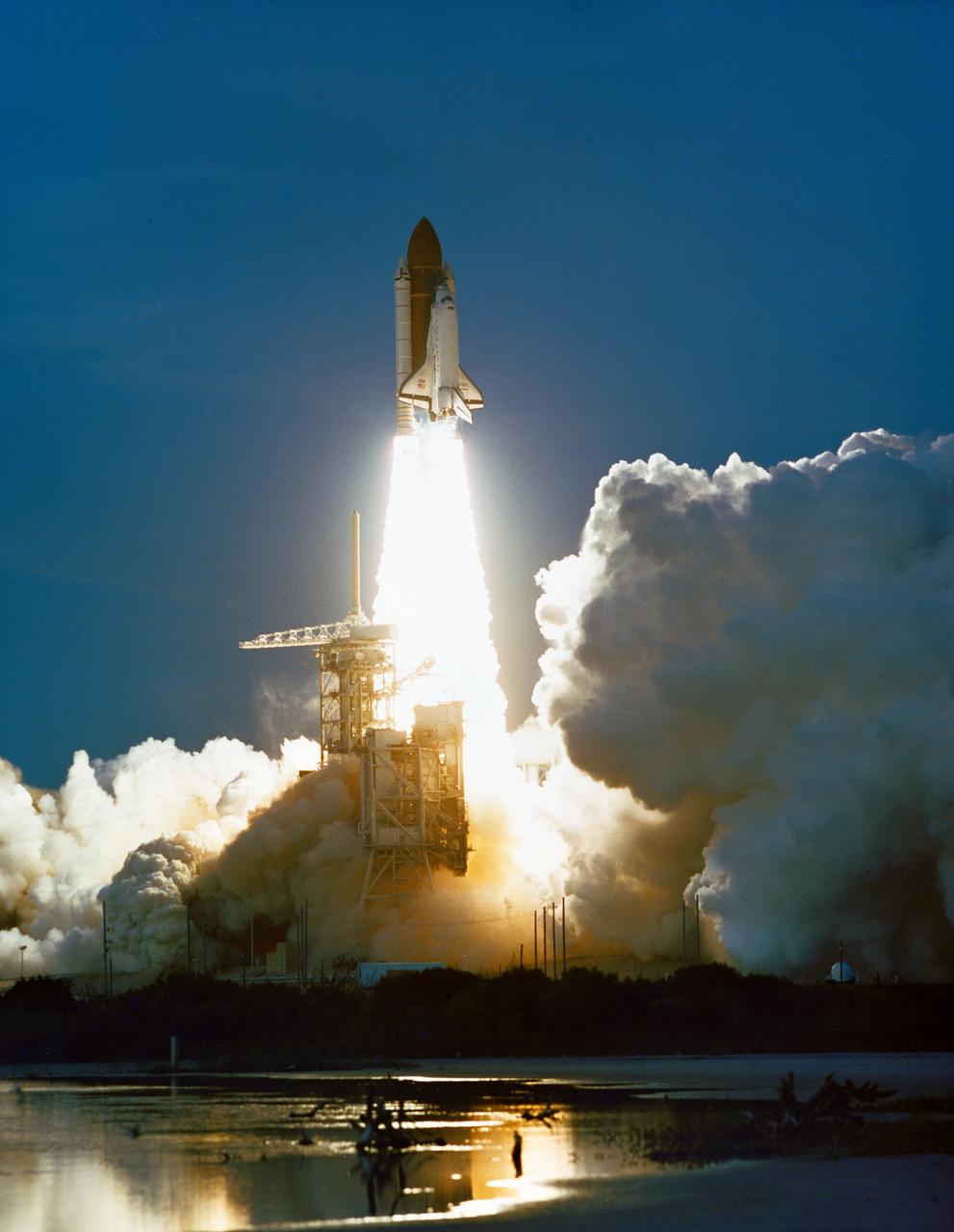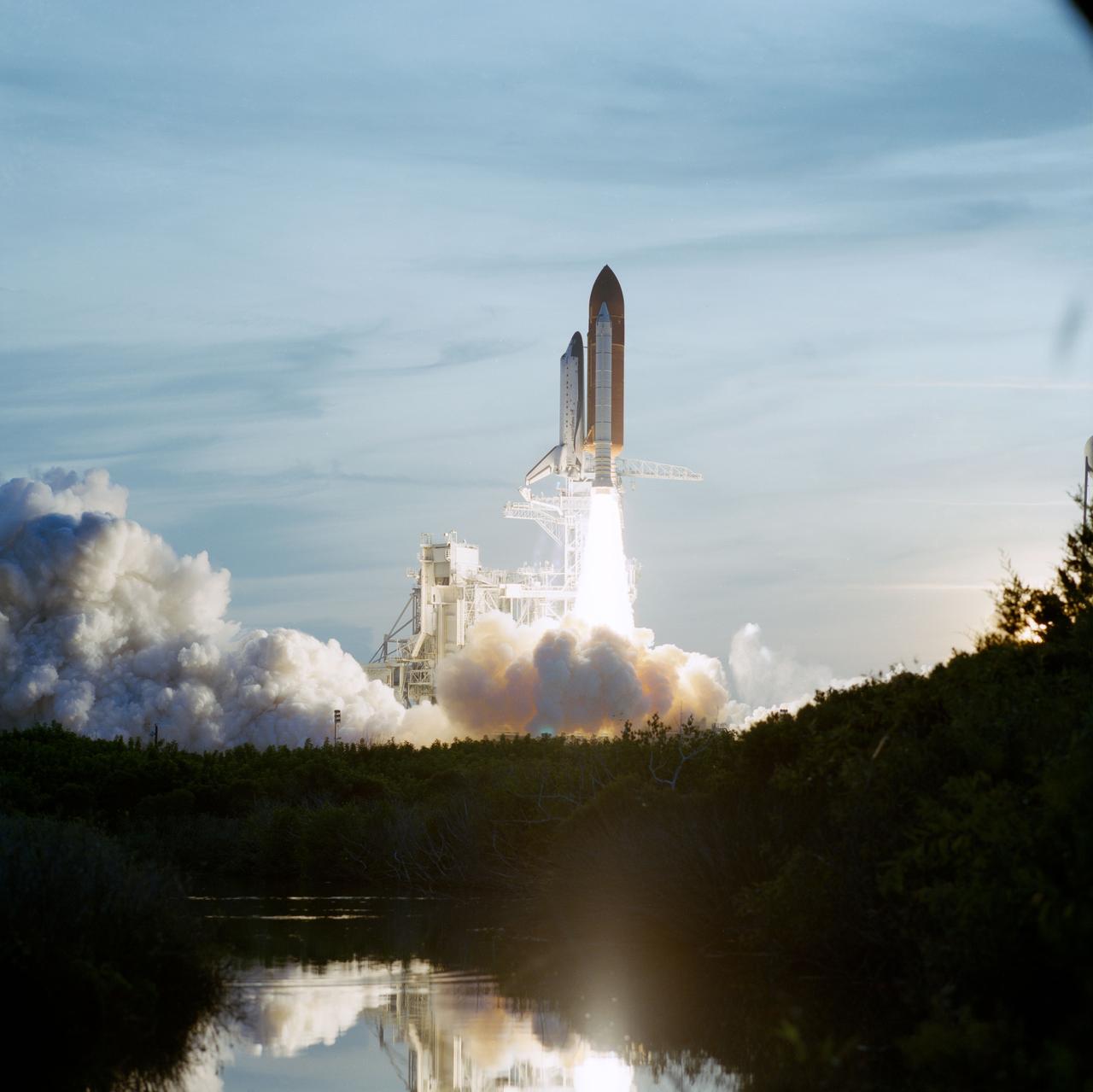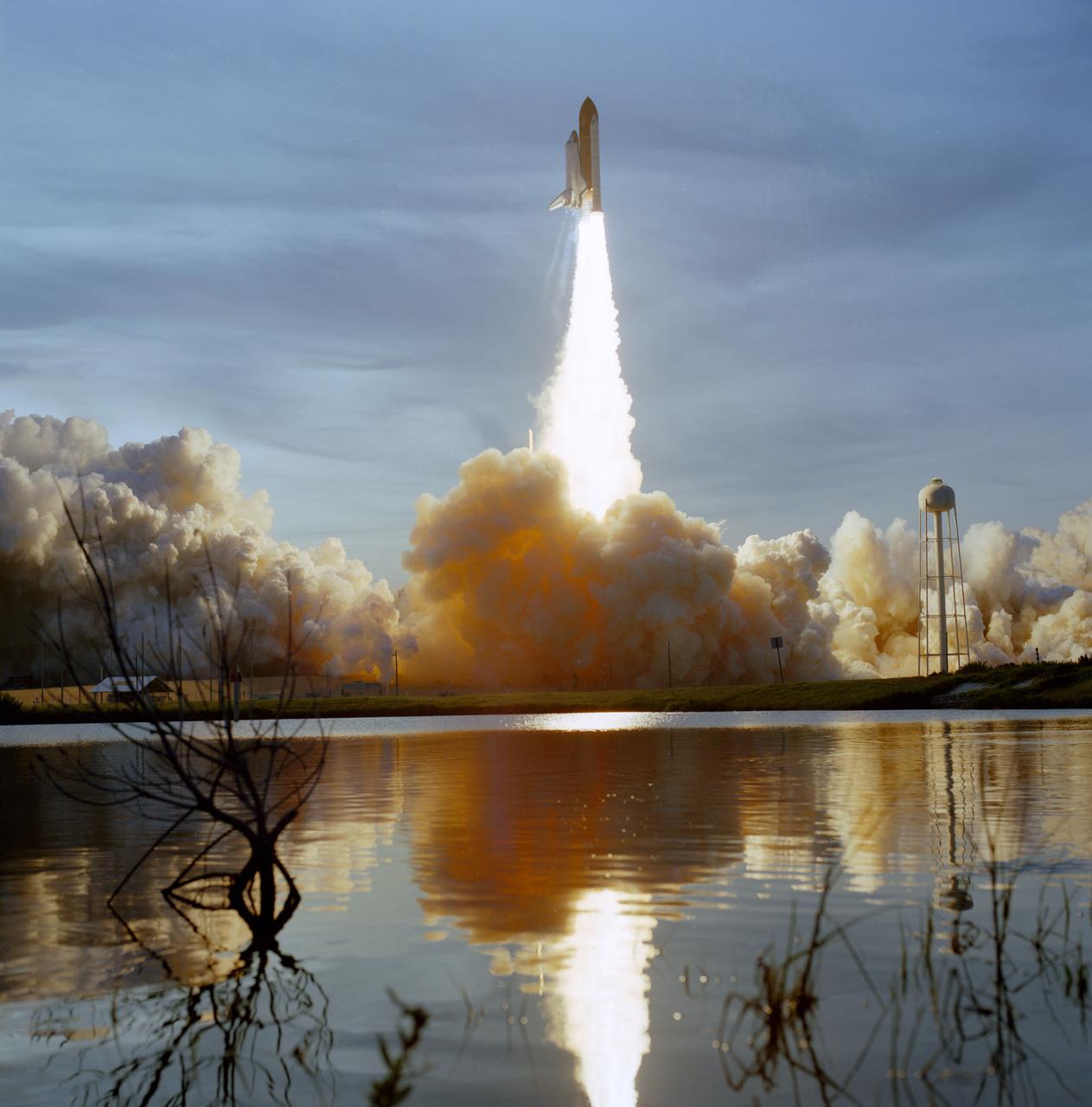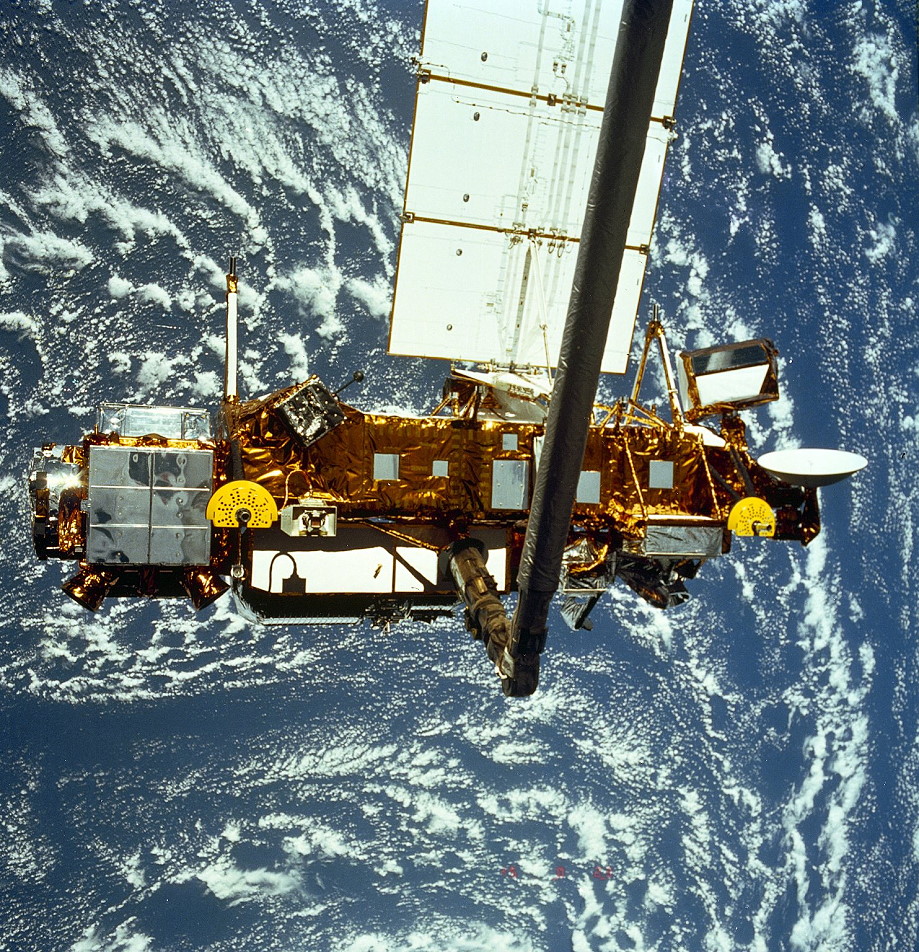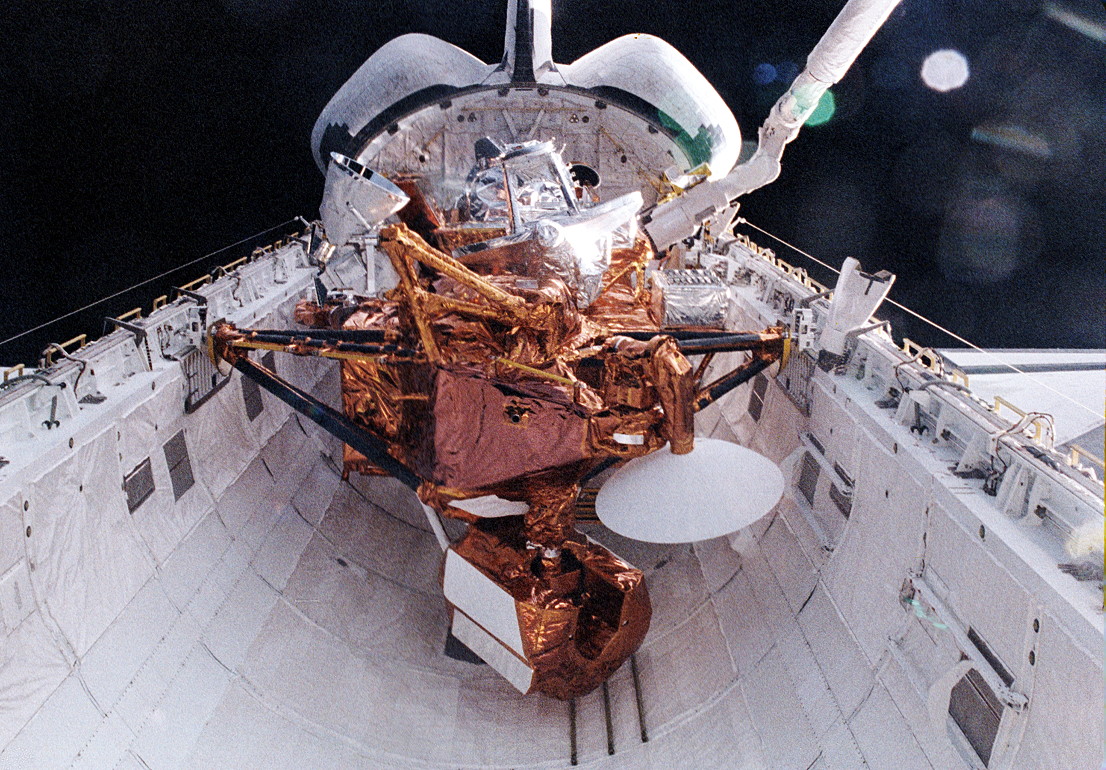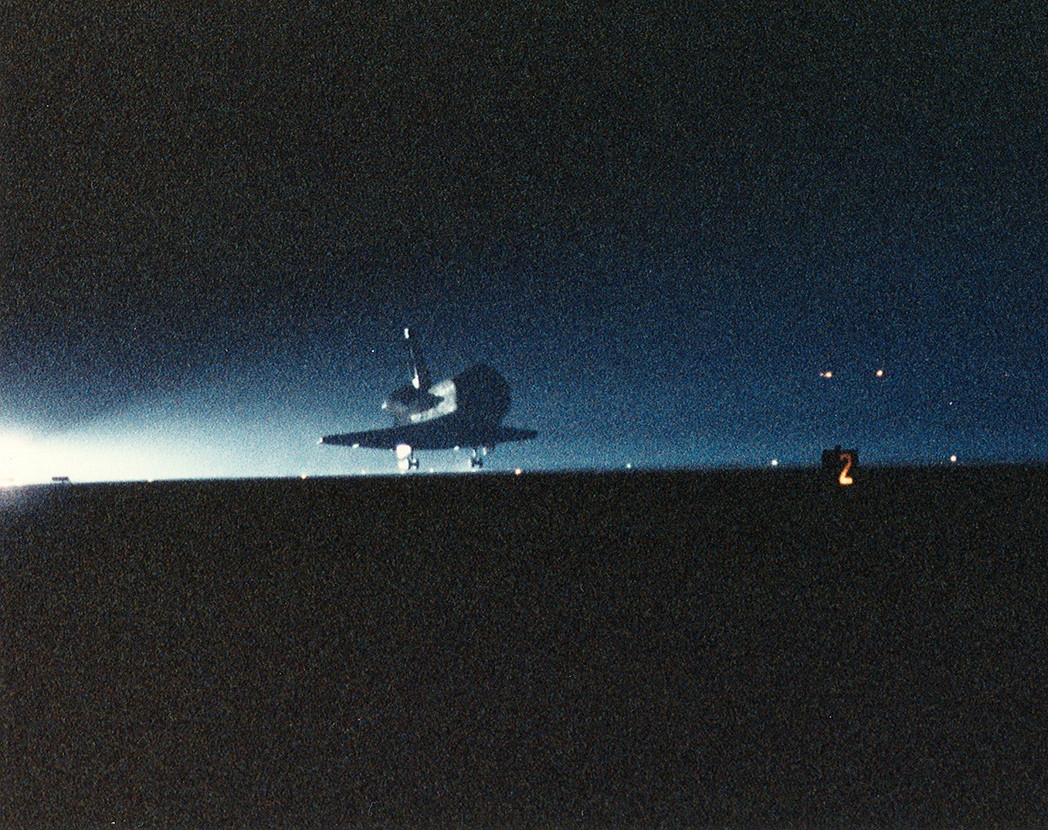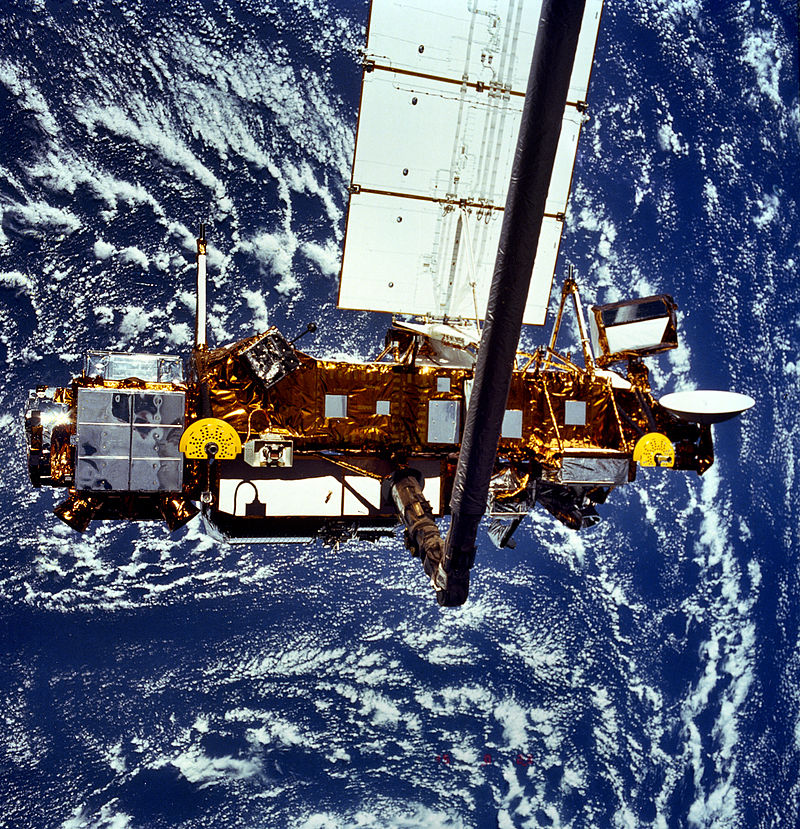STS-48 Fact Sheet
By Cliff Lethbridge

STS-48 — Discovery
43rd Space Shuttle Mission
13th Flight of Discovery
Crew:
John O. Creighton, Commander
Kenneth S. Reightler, Jr., Pilot
Mark N. Brown, Mission Specialist
Charles D. Gemar, Mission Specialist
James F. Buchli, Mission Specialist
Orbiter Preparations:
Tow to Orbiter Processing Facility – May 6, 1991
Rollover to Vehicle Assembly Building – July 25, 1991
Rollout to Launch Pad 39A – August 12, 1991
Launch:
September 12, 1991 – 7:11:04 p.m. EDT. Launch was delayed 14 minutes due to a faulty communications link between KSC and Mission Control, Houston.
Landing:
September 18, 1991 – 12:38:42 a.m. PDT at Runway 22, Edwards Air Force Base, California. Rollout distance was 9,384 feet. Rollout time was 50 seconds. Mission duration was 5 days, 8 hours, 27 minutes, 38 seconds. Landing occurred during the 81st orbit. Landing was planned for KSC, but was diverted to Edwards Air Force Base due to bad weather.
Mission Summary:
The primary payload was the Upper Atmosphere Research Satellite (UARS) which made the most extensive and sophisticated Earth observations of any satellite to date. UARS contained ten separate sensing and measuring devices.
Secondary payloads included the Ascent Particle Monitor (APM), Middeck O-Gravity Dynamics Experiment (MODE), Shuttle Activation Monitor (SAM), Cosmic Ray Effects and Activation Monitor (CREAM), Physiological and Anatomical Rodent Experiment (PARE), Protein Crystal Growth II-2 (PCG II-2), Investigations Into Polymer Membrane Processing (IPMP) and the Air Force Maui Optical Site (AMOS) experiment.
SELECTED NASA PHOTOS FROM STS-48
